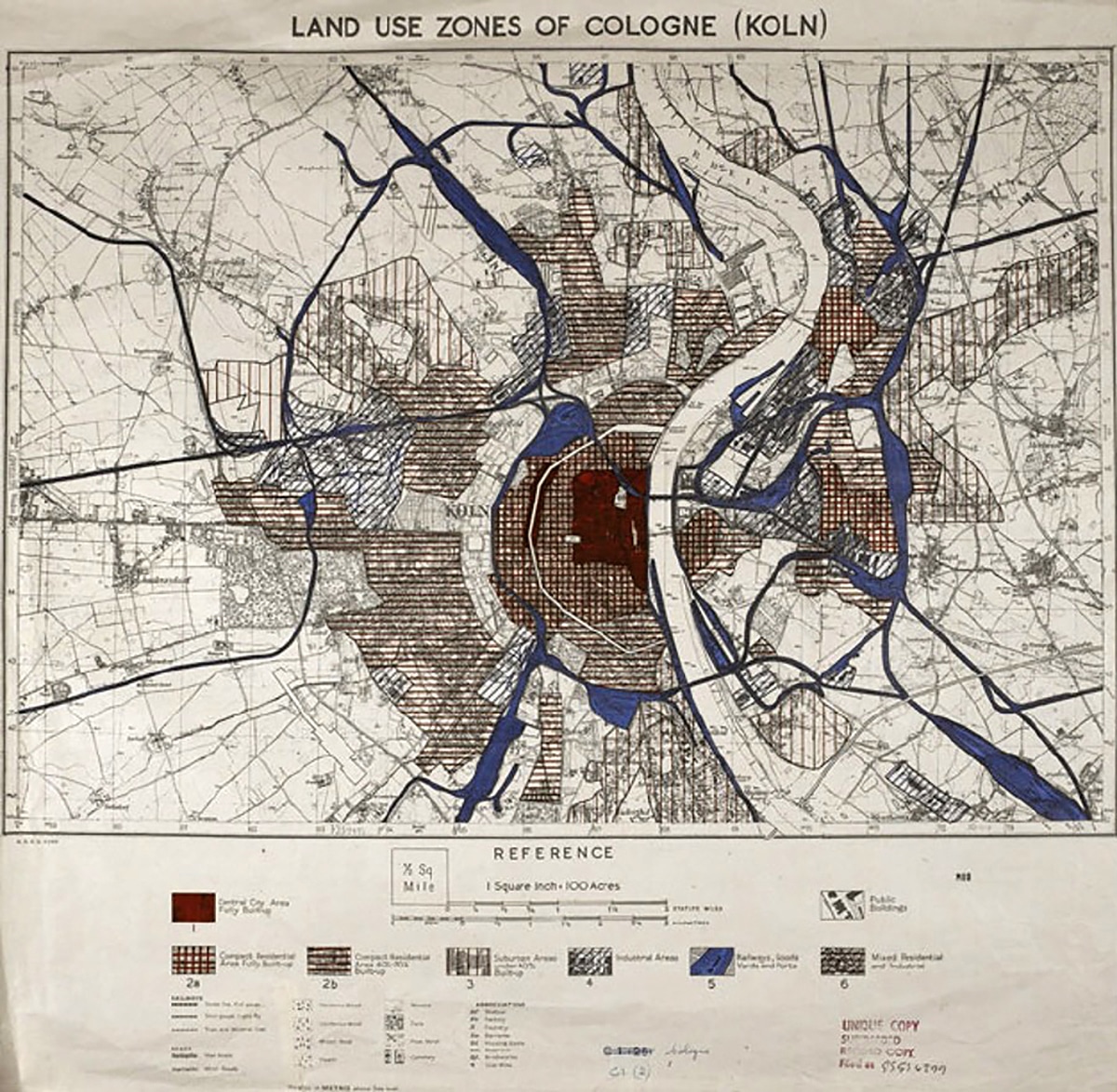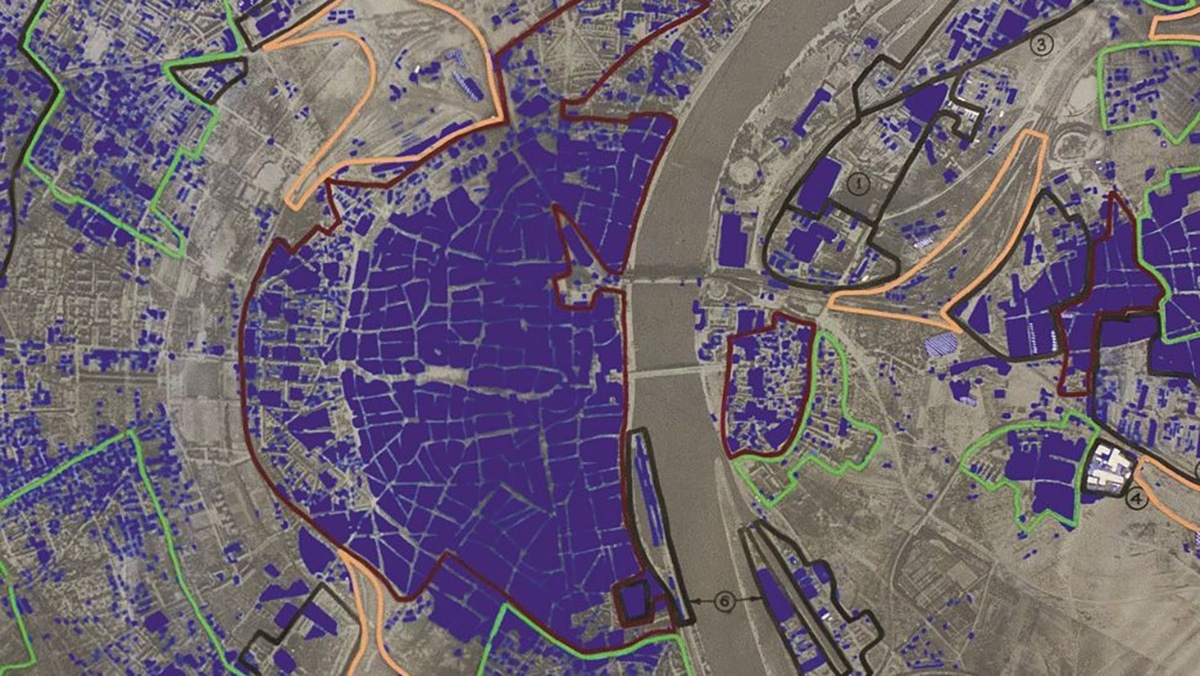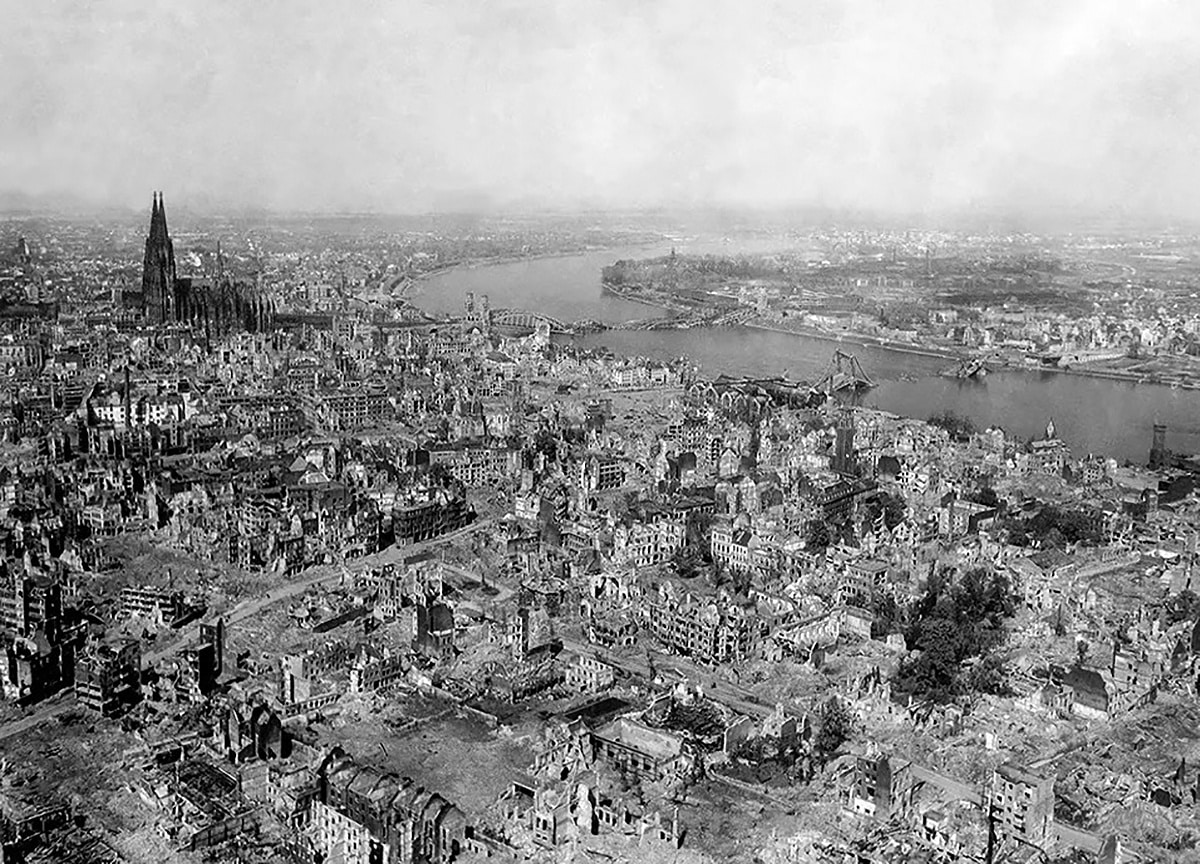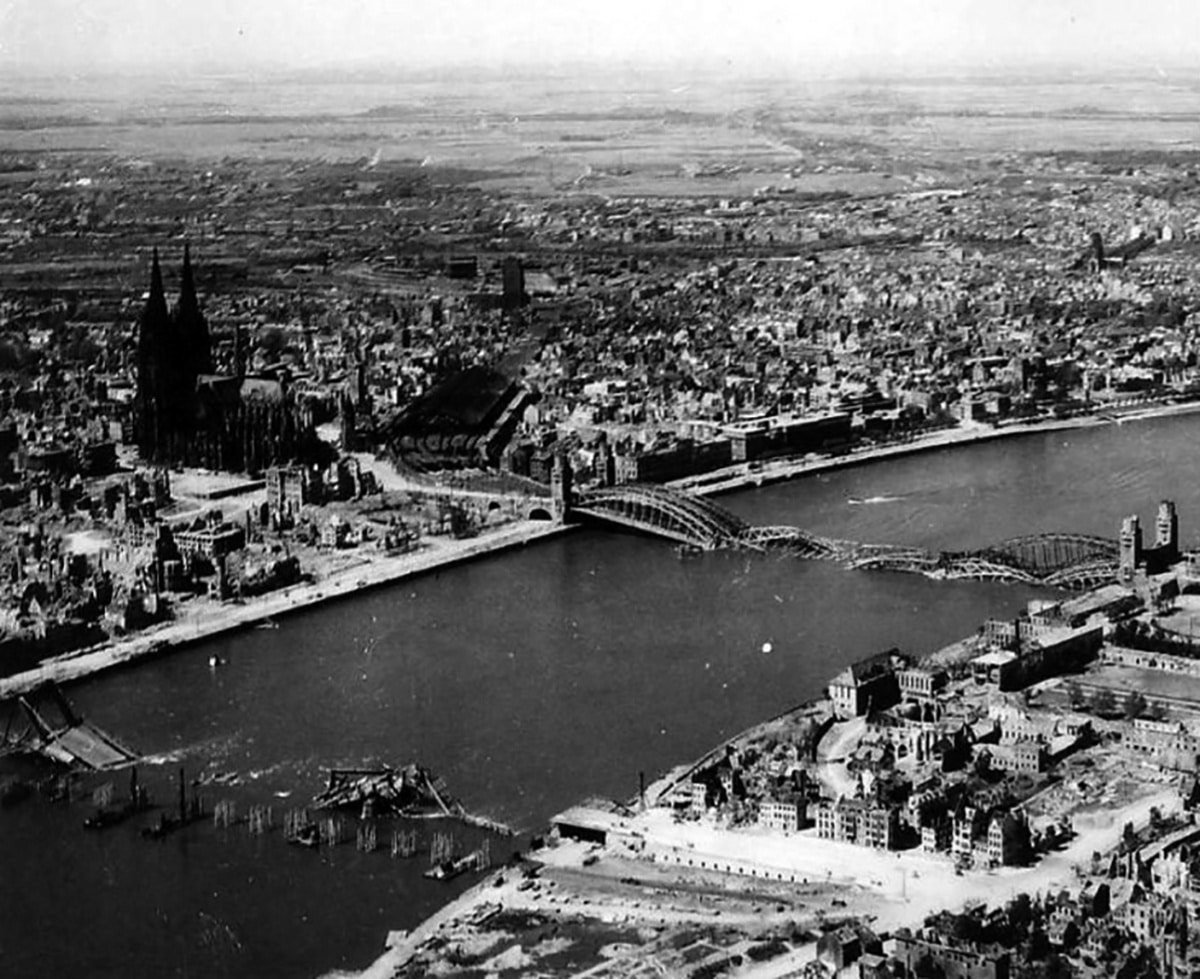The press have recently reported that three unexploded WWII-era American bombs were defused on Wednesday 4th June 2025 in Cologne, after the German city’s biggest evacuation since the end of the war.
More than 20,000 residents were evacuated from Cologne’s city centre after three bombs were unearthed during preparation works for a road development.
The discovery of unexploded bombs in this region of Germany is a common occurrence. Kai Kulschewski, Head of the Explosive Ordnance Disposal Department at the Düsseldorf District Government stated:
“Across the state of North Rhine-Westphalia, around 1,500 to 2,000 bombs are found every year – about 200 of which are high-yield.”
Cologne was subjected to 262 Allied air attacks during WWII, with about a quarter of the city’s 770,000 residents evacuated after the first raid on May 17, 1940 – according to the National World War II Museum’s website.
In 2024 alone it was reported that 31 bombs were found in Cologne, requiring 17 evacuations – impacting more than 36,000 people. Some of the UXB’s discovered included a 1,000kg American bomb and five 500kg bombs, as well as several grenades.
After the successful operation to defuse the bombs, Dirk Putzer, Technical Operations Manager of the Explosive Ordnance Disposal Service commented:
“Our task today was to defuse three large bombs with impact fuses, and my team and I did a great job… We can now say that the bombs have been defused and are ready for transport.”
The fuze on one of the bombs was reportedly in a ‘desolate condition’, but all three bombs were rendered safe during the operation.
Bombing history of Cologne
The German city of Cologne was bombed in 262 separate air raids by the Allies during WWII, including 31 times by the Royal Air Force (RAF). The city was an important industrial and transportation hub for Nazi Germany, producing armaments, military equipment, chemicals, fuels, machinery and metal goods.
The various industrial and military targets were well known to the Allies thanks to reconnaissance maps and imagery such as the example below from 1943:

During the 1939 to 1945 period the Royal Air Force dropped 34,711 tons of bombs on Cologne. The failure rate of these bombs was between 10 and 20%, meaning a significant legacy of unexploded ordnance.
The first “thousand-bomber raid” on a German city, Operation Millennium, took place on May 30-31, 1942, targeting Cologne (see below). This raid saw 868 bombers drop 1,455 tons of bombs, causing widespread destruction.
By the end of the war, over 90% of Cologne’s city centre was destroyed, and the population dropped dramatically as people fled or were evacuated (the population dropped from nearly 800,000 pre-war to around 40,000 by war’s end). Iconic landmarks like the Cologne Cathedral were damaged but survived, while much of the historic architecture was lost.
The aerial image below is from November 1944, and was produced by the RAF to record the damage sustained across the city. The dark blue colour denotes area destroyed or badly damaged. By this time, Cologne had been bombed many times.

The First 1000 Bomber Raid
The most notable attack on Cologne was the first Allied 1,000 bomber raid on 30/31 May 1942. The RAF Bomber Command under the leadership of Arthur Harris was seeking a way to demoralize the German population and war effort. The War Department believed that they could overwhelm German night fighter and flak defences by making a huge strike in a smaller 90-minute window.
Hamburg was the original choice for the attack, but was eliminated at the last minute due to poor weather conditions. Additionally, it was advised that Cologne would be a better target because of the RAF’s use of the GEE technology (a navigational and blind bombing device introduced into RAF service during August 1941) that allowed them to navigate and bomb more accurately, which couldn’t be accomplished with Hamburg because of the increased distance.
The raid on Cologne used mostly incendiaries and therefore the majority of damage was not attributed the explosions themselves but to the fires that they started. The Cologne fire brigade authority reported over 5,000 non-residential buildings were damaged with 3,300 of those destroyed. There were over 1,700 fires classified as “large” by local authorities.


What should I do if I encounter an unexploded bomb during construction?
If you encounter a suspicious object during groundworks or excavations, stop work immediately and contact the Police, emergency services or a UXO risk mitigation company like 1st Line Defence for assistance.
If you want to get your project assessed for UXO risk, call +44 (0) 01992 245 020 or email info@1stlinedefence.co.uk for more information.











